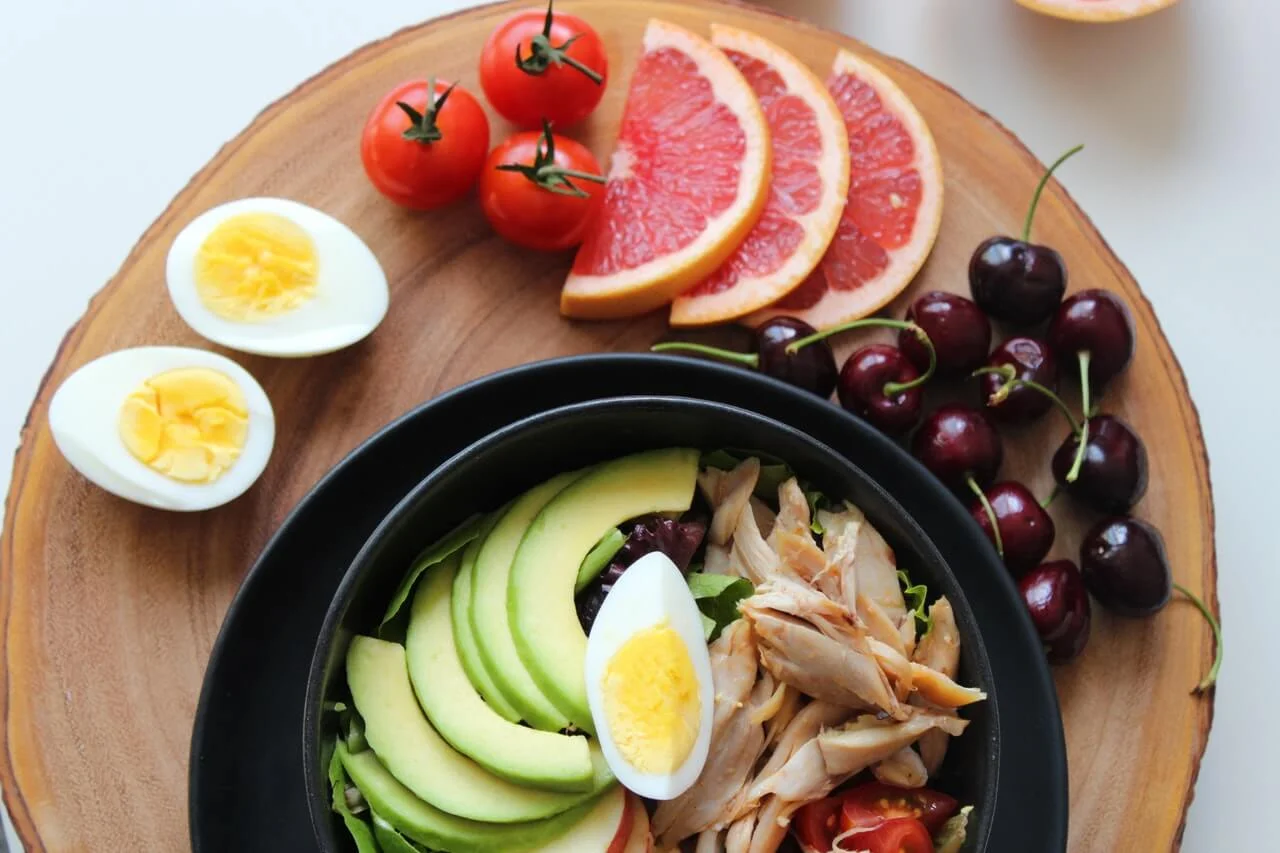Welcome to 2019! It’s so exciting to see that many of the practices I was trained in decades ago as a naturopathic physician are now not only becoming popular, but are also being validated. From elimination diets to intermittent fasting, this is the year to explore the science of fasting and eating clean and alcohol-free for a month.
Dry January
It’s been 10 years since my first “Dry January” and I’m doing it again this year. Trust me, it gets easier every time!
Not that I was a lush, but the idea of having NO alcohol for a whole month sounded pretty radical: after all, that glass of wine was my reward after exercise, seeing a full day of patients, cooking a yummy, healthy dinner, and taking care of my home and family. Didn’t I deserve a reward?
Well, yes, but…as more studies reveal the negative impact that excessive alcohol has on our health, it’s strengthened my commitment to make it a yearly practice.
And let’s face it: with every passing decade, the liver can’t metabolize alcohol the way it could when we were younger. Right?
If you need any support for this concept, consider this recent study out of the U.K. Participants reported losing weight, having more energy, clearer skin and sleeping better. http://www.sussex.ac.uk/broadcast/read/47131
Most importantly, those who abstained for a month felt a sense of achievement, having more control over their drinking and ultimately drank less in the long run (and saved a lot of money)!
Here’s are a few more of my favorite ways to ring in the New Year:
The Whole 30
For those who haven’t heard, the Whole 30 is a 30-day “dietary reset” that focuses on eating clean for a whole month, then observing how the common allergens (like cow’s milk, wheat/grains and booze) affect you when you reintroduce them a few weeks later.
It’s modeled after the classic “Elimination/Provocation” diet I learned in naturopathic medical school.
I love recommending it to you because it will give you a chance to let go of any bad habits and lose a few pounds you (might have) picked up over the holidays.
I do it every January (and sometimes in September) and always emerge cleaner, leaner and stronger.
To learn more on about The Whole 30, visit www.whole30.com
You’ll find a treasure trove of resources for cleaning up your diet and getting fit. Plus, you’ll be in great company as tens of thousands do this cleanse each January!
Intermittent Fasting
It may be a current fad, but fasting has ancient roots. Humans always had periods of feast and famine, and our genes are programed to benefit from the self-repair that occurs naturally when we limit our caloric intake. Plus, brief fasts have been used in most spiritual practices for millennia.
Now science is demonstrating the benefits of intermittent fasting: caloric reduction slashes our risk of heart disease, diabetes and activates the immune system to fight cancer and promote cell regeneration. For more about intermittent fasting, read “The Longevity Diet” by USC professor and researcher, Valter Longo, PhD.
The amount of time needed to reap those benefits varies. If you plan to fast for a day or two, be sure to consult with your health care provider, as not everyone should fast.
A great place to begin is with the 12:12 plan, in which we simply eat within a 12-hour window. Start with a good breakfast around 7 AM and complete dinner around 7 PM. This 12-hour overnight fast allows the body to move into anabolic metabolism and begin the process of self-repair.
Plus, new research suggests the pancreas has its own “biological clock”: it ramps down its production of insulin and key digestive enzymes after 8 PM. So, that bedtime bowl of ice cream doesn’t digest well and leads to the downward spiral of weight gain, fatty liver and diabetes and we certainly don’t want that!
Once you’ve curbed your cravings, experiment with closing the window of eating down to an 8-hour window and fast for 16 hours. While this is certainly more challenging, the rewards can be better cognitive function, stabilization of blood sugar, lower blood pressure and improved immune function.
Once you’re comfortable with eating in a smaller window of time, you can consider doing 2 very low calorie days (~500) a week and eating “normally” the other 5 days a week. I’ll write more about this and Dr. Longo’s Pro-Lon fast, as the weather warms and it is more appropriate to slash our caloric intake. Remember, this is about eating better, not just eating less.
Remember, this is about eating better, not just eating less!
My Chai
So what else to drink if not having sodas or booze? My favorite winter choice is Chai. This spiced Indian tea is full of medicinal benefits, fabulous flavor and it makes your home smell soooo good! Check out the recipe for My Chai here:
Now that I’m back in my kitchen (we rebuilt our home after last summer’s flood), I’m excited to share more mouthwatering recipes, health tips, free reports and cutting edge strategies to promote vitality!
Plus, I’m developing an online course on healthy aging for you, coming at the end of the summer.
For more information or to schedule an appointment with me, check out my practice at the Marin Natural Medicine Clinic.
If you have friends or family who need this information, please subscribe BELOW to receive my posts and then share them widely!

